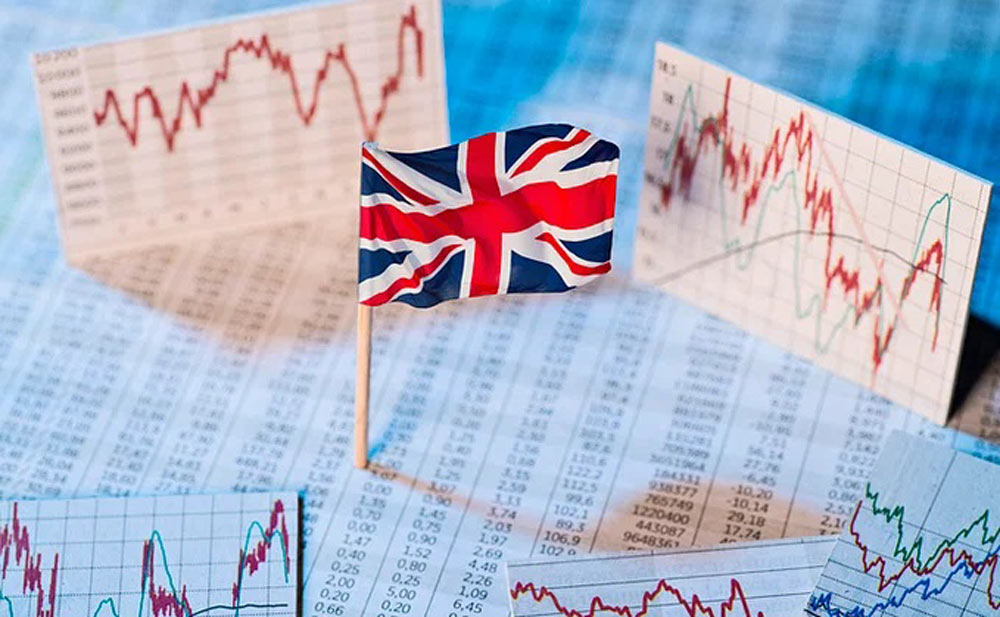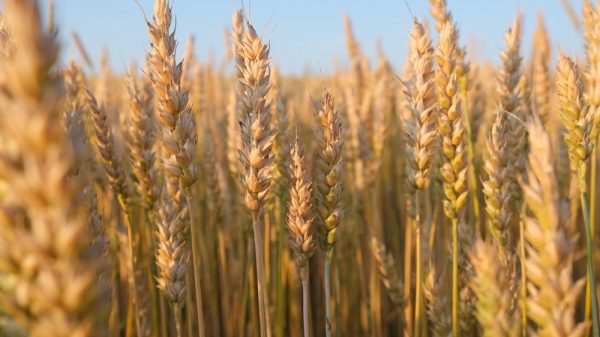In a surprising turn of events, UK inflation remained steady at 4% year-on-year in January, defying expectations of a higher rate. The stability in inflation can be attributed to easing prices in sectors such as furniture, household goods, food, and non-alcoholic beverages. However, the closely watched core Consumer Price Index (CPI), excluding volatile components, came in at an annual rate of 5.1%, slightly below the consensus estimate of 5.2%. This article delves into the factors influencing UK inflation and its implications for the economy.
Inflationary Pressures and Labour Market
Marion Amiot, senior European economist at S&P Global Ratings, pointed out that the current inflation rate reflects the state of the labor market. With a tight labor supply, high wage growth has been sustained, leading to underlying inflationary pressures, particularly in the services sector. Despite this, recent developments, including easing energy, food, and producer prices, along with falling vacancies and easing wage pressures, suggest a downward trajectory for inflation. These factors are seen as positive signs by the Bank of England, which aims to cool labor demand and bring inflation back to its 2% target.
UK’s Fight Against Inflation
The UK has faced challenges in bringing down inflation compared to its global counterparts. Since its peak of 11.1% year-on-year in October 2022, the headline CPI has gradually declined. The Bank of England responded to rising inflation by implementing rapid interest rate hikes to curb its impact. Remarkably, the British economy has managed to avoid a recession, but preliminary estimates indicate a possible slight technical recession in the fourth quarter.
Prospects for Lower Inflation
Suren Thiru, economics director at ICAEW, believes that the UK is close to winning its battle against soaring inflation. The softer-than-expected figures in January indicate a promising trend. Thiru anticipates that inflation’s journey back to the Bank of England’s 2% target will accelerate, driven by a significant fall in energy bills from April and lower food costs. However, core and services inflation remain uncomfortably high. Thiru suggests that weakening labor demand, slowing wage growth, and a struggling economy will contribute to a decrease in these inflationary pressures throughout the year.
Future Monetary Policy
While the Bank of England is expected to initiate interest rate cuts in the summer, any potential tax cuts announced in the government’s upcoming Spring Budget statement could influence the central bank’s policy decisions. If tax cuts are implemented, the Bank of England may be compelled to maintain a tighter monetary stance for a longer period.











